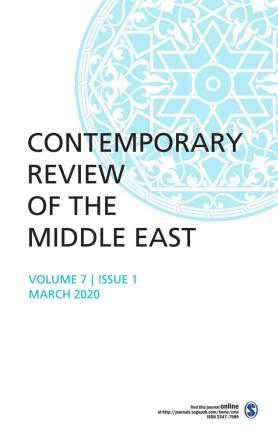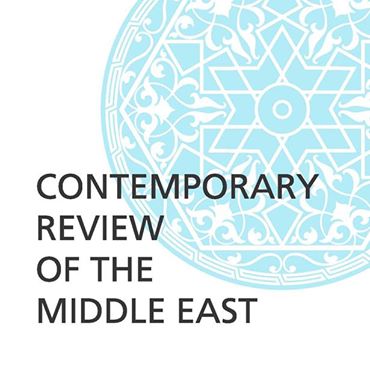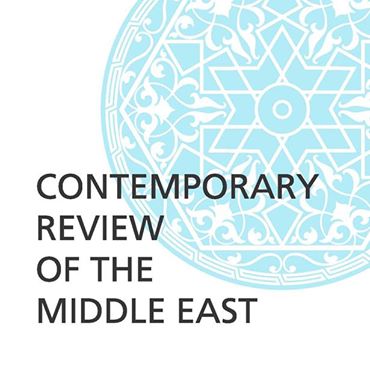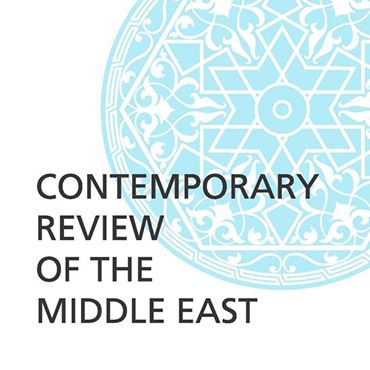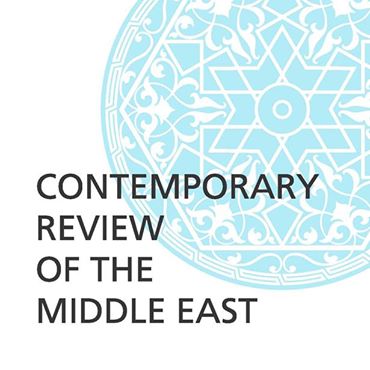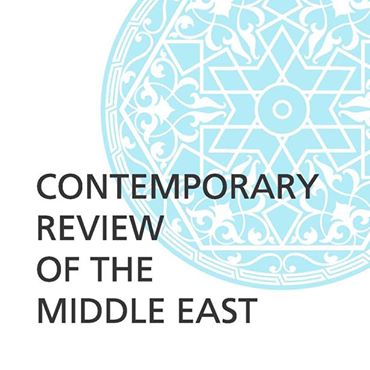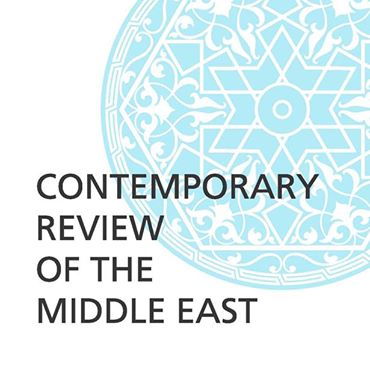Breaking
- MENU
Lorem Ipsum is simply dummy text of the printing and typesetting industry.
https://journals.sagepub.com/toc/cme/current
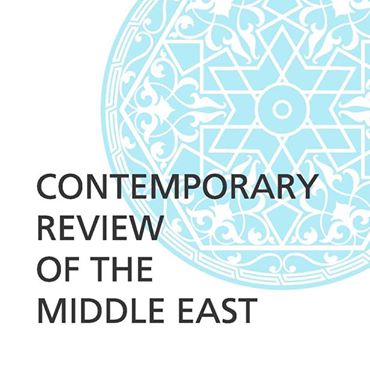
Volume 6 Issue 1, March 2019
Table of Contents
by P. R. Kumaraswamy
By Md. Hamid Ansari
The continuing, albeit heightened, relevance of faith-related disruptions in domestic and international discourses are a function of politics and geopolitics and is not, on empirical evidence, suggestive of heightened piety. Would this induce that religion is not politics, that religiosity is not religion, and that global order is to be premised on global interests and not on exclusively national ones? Are we prepared, conceptually and organizationally, to undertake it even if it involves as it must going beyond the traditional paradigm of faith and of national interest? Or, could the alternative be a modern-day version of Milton’s Pandemonium, the high capital of Satan and his peers, built by little demons?
By Kamran Rabiei
The dialectic relation between sociocultural changes and political developments in the post-revolutionary Iran is discussed in the article which shows how the social policy of the governments has changed under this relation. The 1979 Islamic Revolution brought about a wave of tendency toward a specific discourse that can be called “downtrodden discourse” wherein the poor and deprived are the center of attention, and the resources of society are mainly mobilized in the direction of improving their economic and social conditions. Furthermore, the eight-year Iran–Iraq War (1980—1988) strengthened this discourse, and the new political system relied on the lower class of the society to push the war forward, stabilize the foundations of its power, and solidify its ideology. After the war, Iran had three governments with three different approaches toward social policy. During the era of Hashemi Rafsanjani (1989–1997), no special attention was paid to social policy since economic growth and development was the focus of the government activity. Under Mohammed Khatami (1997–2005), special attention was paid to comprehensive social policy, but due to internal political and social tensions, his government failed to implement its codified social policy. Although Ahmadinejad (2005–2013) intended to pay special attention to social policy, the actions taken by his government not only failed to reduce poverty but they also pushed the significant part of the middle class below the poverty line.
By Mordechai Chaziza
In recent years, China has been seeking to deepen its global centrality by connecting to Asia, Europe, and Africa through investments in physical infrastructure, that is, ports and pipelines, high-speed rail, and other utilities, with associated bilateral trade and investments in critical states along the land- and sea-based Silk Road. Oman is positioned to play a critical role in China’s expanding footprint in the Middle East. Its advantageous maritime location, influence in energy markets, and independent foreign policy make Oman an attractive partner for China and of vital strategic significance in the construction and realization of the twenty-first-century Maritime Silk Road Initiative (MSRI). Oman has enthusiastically embraced China’s MSRI and expressed an eagerness to leverage China’s growing influence in the Middle East to transform itself into a center of global trade and manufacturing.
By Ankita Sanyal
Since the inception of the Baha’ism as an independent faith in Persia, its adherents came under attack from the religious clergy which perceived the growing popularity of this new faith as a threat to their monopolistic position in the society. Education and economy were the two dominant fields where the Baha’is prospered in pre-revolution Iran, thereby contributing to the modernization of Persia. However, being a post-Abrahamic faith in its origin, the Islamic clergy viewed the Baha’is as apostates and an enemy of Islam, which led to the persistent targeting and attacks on the Baha’is over the faith’s origin and as an essentially incompatible and contradictory disposition in the Baha’i–ulema relations. While the pre-revolution Iran show an ulema–monarchy convergence in their attack on the Baha’is, the post-revolution Iran witnessed the same through consolidation of state–ulema powers in the form of the new Islamic Republic. The discrimination and persecutions of the Baha’is in the post-1979 Iran increased considerably, and one can witness a deviation of the homogenous perception on the Baha’is by the religious clergy class. The conservative reformist faction of the ulema has given rise to newer and opposing perspectives on the Baha’is, the largest non-recognized religious minority in Iran.
By Md Muddassir Quamar and P. R. Kumaraswamy
The Iraqi invasion, occupation, and annexation of Kuwait in August 1990 exposed the soft underbelly of India’s policy toward the Middle East in general and the Persian Gulf region in particular. While safe evacuation of the Indian workers was a prime concern, some of the steps in that direction proved counterproductive. However, in the long run, the Kuwait crisis resulted in India making two critical steps that shaped its post-Cold War policy toward the region: diminishing influence of the Palestinian cause in its engagements with the Arab world and economic substance replacing political rhetoric.
By Anil Trigunayat
Libya after 42 years of Gaddafi’s autocratic and “Green Book” driven rule was hankering for some kind of liberation and the youth wanted to freely fly . Hence when the so called ‘Arab Spring” happened in 2010 Libyans were willing to see a better change and create a “New Libya” of their dreams . Gaddafi was unpopular with the Arab and western leaders because of his independent occasional waywardness in the international discourse which was not palatable to the global and regional powers that were calling the shots in the UN and outside. Hence an engineered revolution supported by external military intervention aimed at removal of Gaddafi ensued but without any plan for the future because of which the seeds of current disastrous developments were implanted. All this became known in a few years thereafter and Libyan’s continued instability follows on. As for India which had good relations with Libya all through did not support the military intervention at the UNSC hence it was on the wrong side of the manufactured history and revolution and paid the price as popular dissatisfaction with India’s approach became visible in day to day discourse especially at the popular level. To correct the skewed perception was the immediate task of the new Ambassador and to secure India’s commercial interests the next despite the fluid security situation. Unfortunately the “New Libya” dream of common Libyans shattered in no time.
By Minakshi Sardar
By Priyanka Chandra
By Behzad Abdollahpour
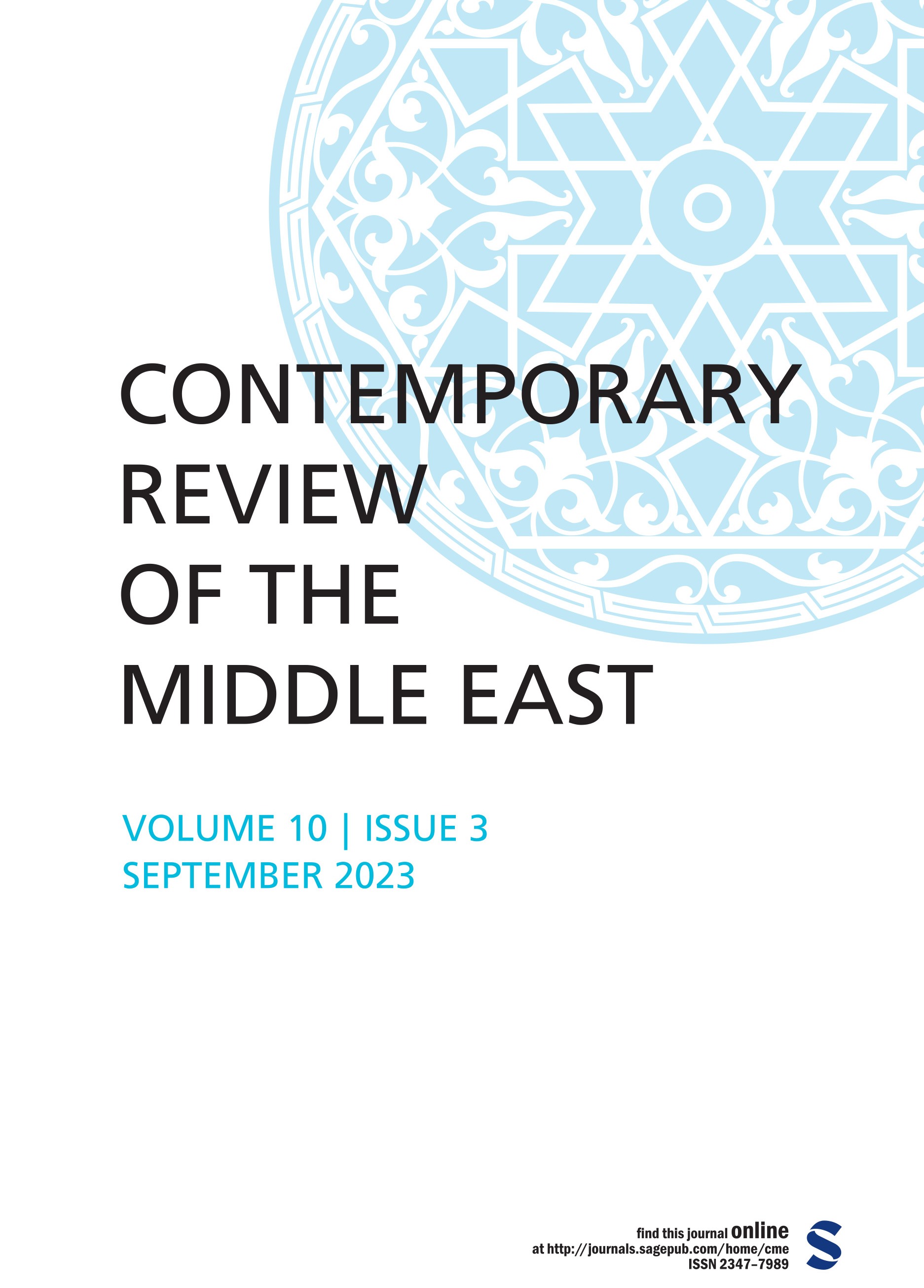
Invented Tradition as a Theoretical Approach Within Iranian Memory Studies: A Review Mohammad
Read More »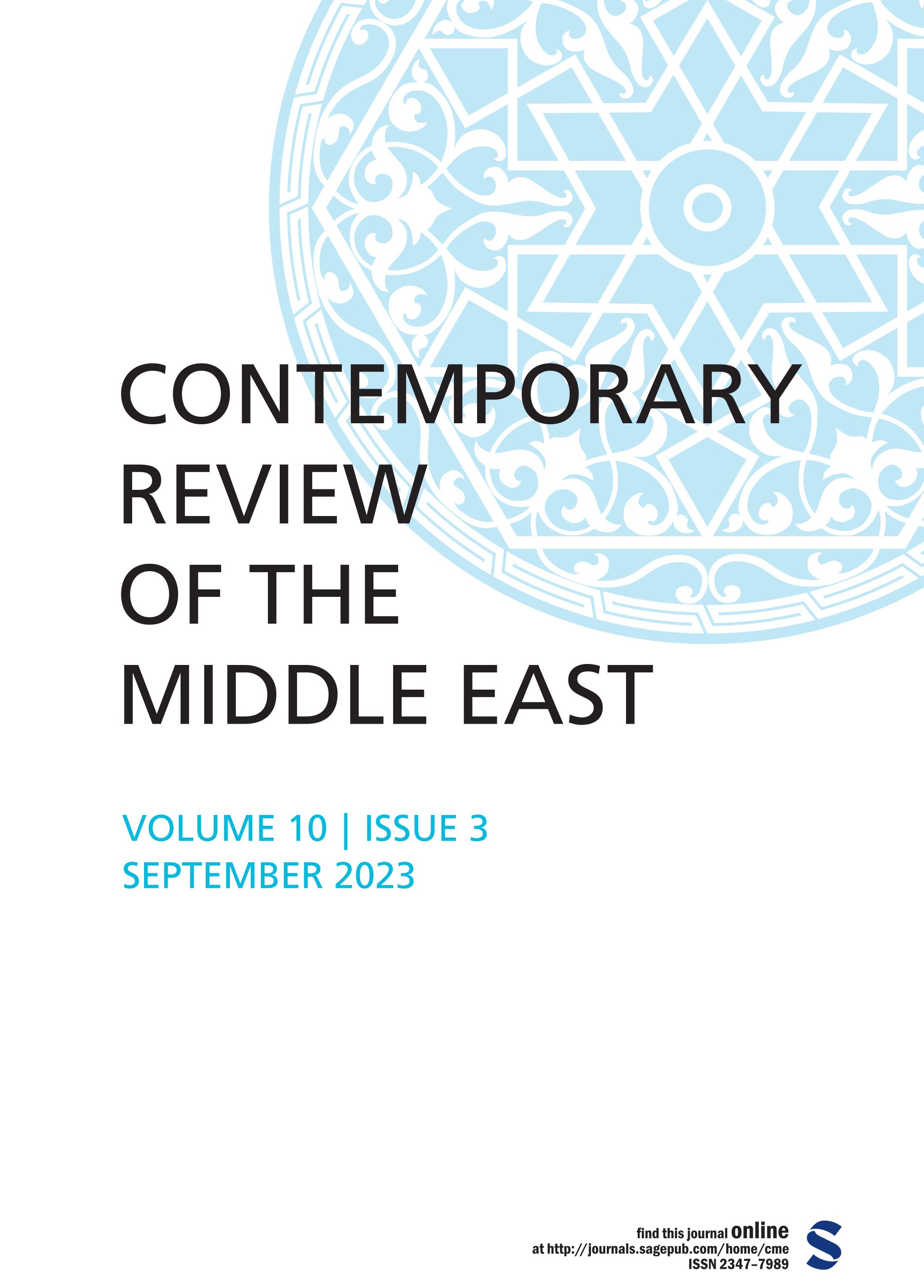
Neo-Ottoman Turk-Scape: Analyzing the Role of Dizis as Türkiye’s Soft Power Mohammad Reyaz and
Read More »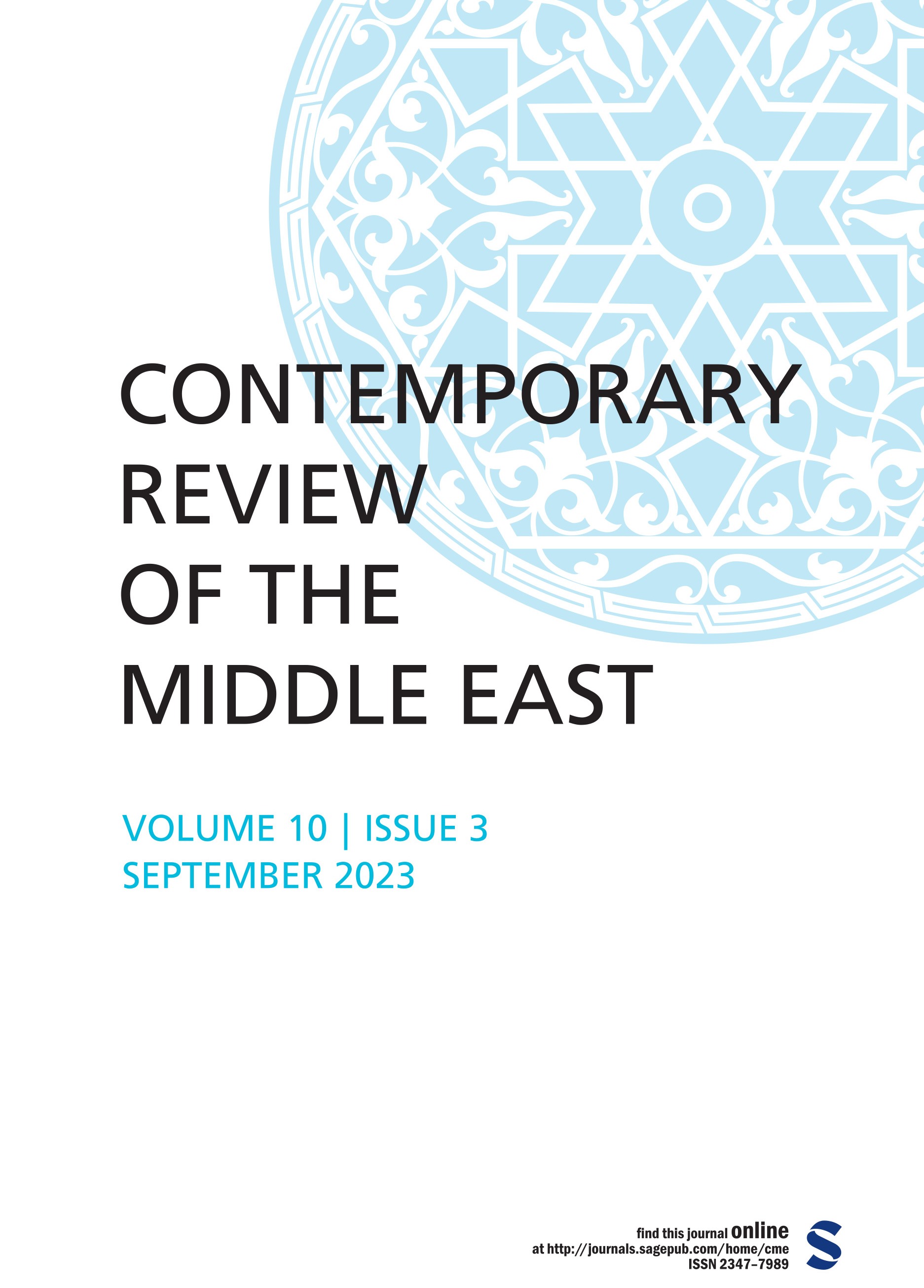
The Relations of Vietnam with the Middle East-North Africa Region: From a Divided State to an Important&
Read More »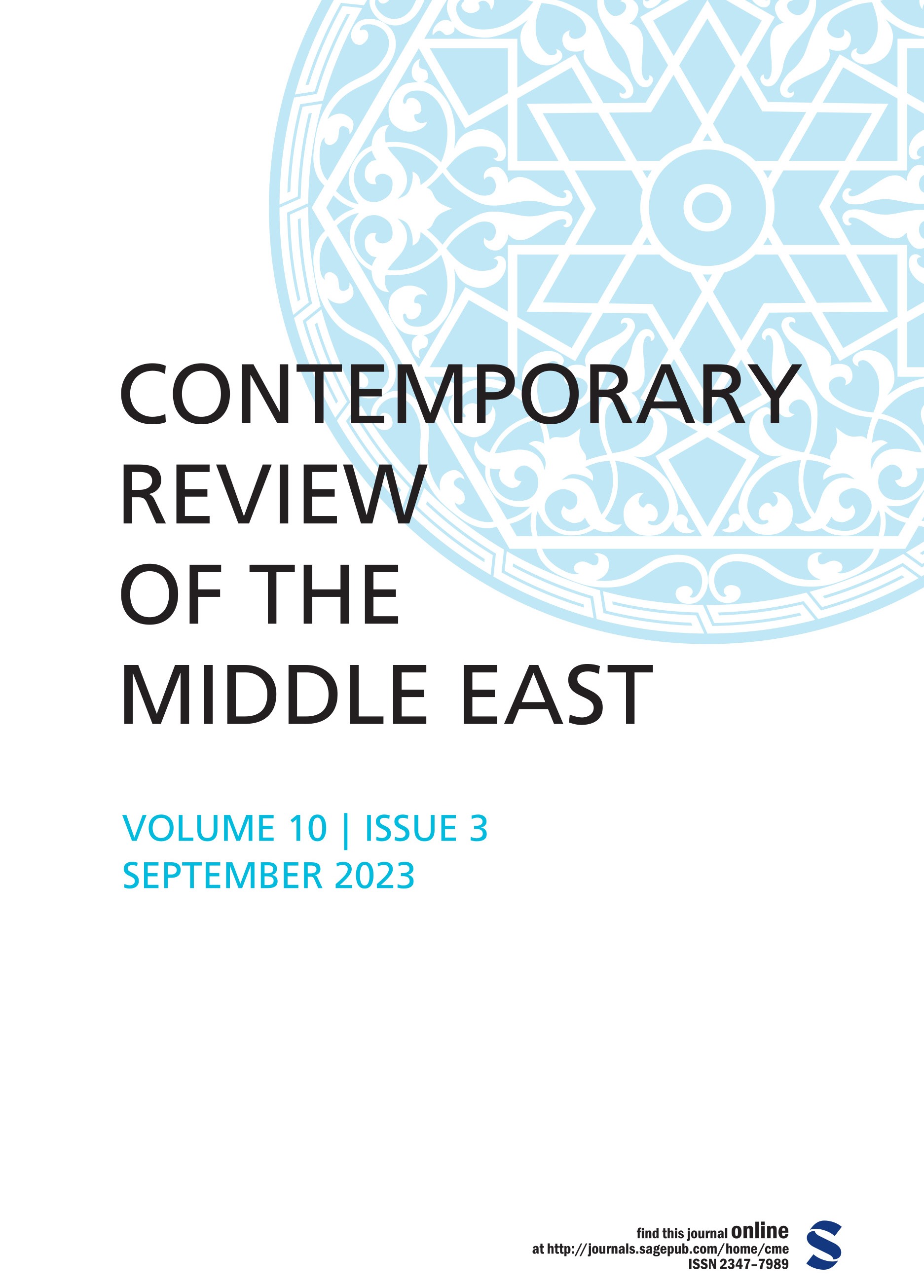
An Analysis of Yemen’s Geostrategic Significance and Saudi-Iranian Competition for Regional Hegemo
Read More »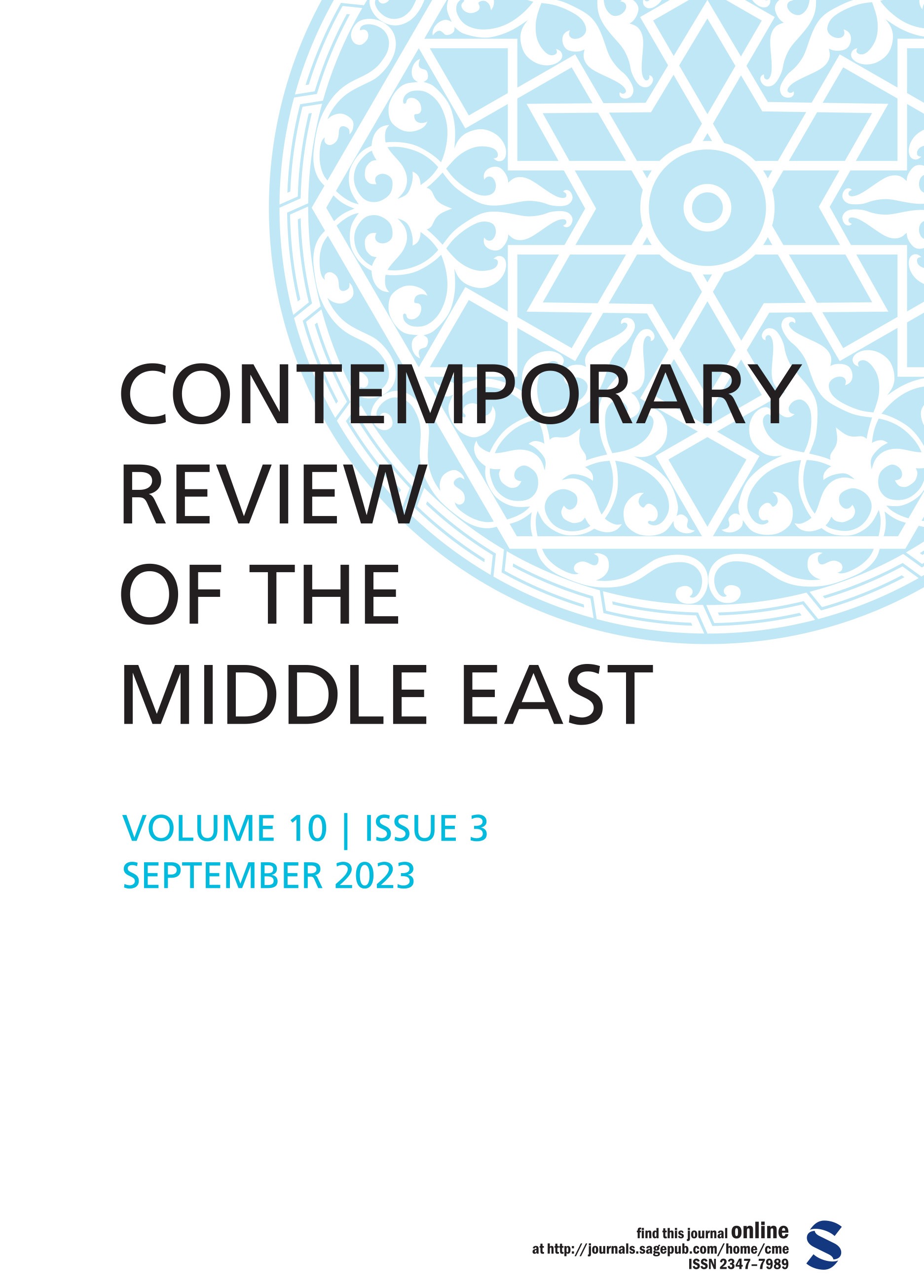
The National Reconciliation Process in Algeria During the Bouteflika’s Era: The Official Narrative Fa
Read More »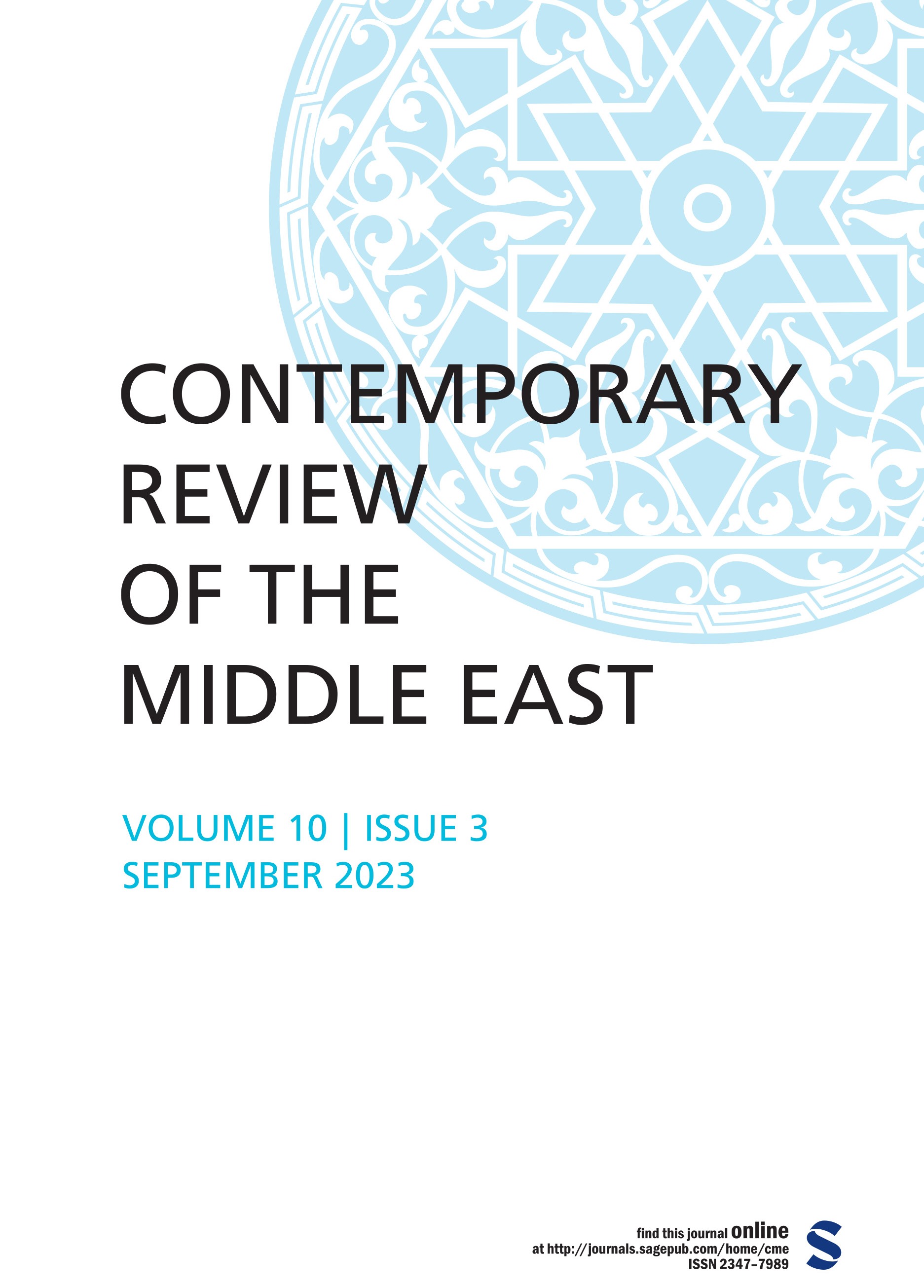
Dateline MEI When Netanyahu Rocks the Israel Boat, Nero Style P. R. Kumaraswamy For the text see: We
Read More ».jpg)
.jpg)
